
The Bank of Korea Museum displays various currencies from Korea and from around the world that date all the way back to ancient times up until present day. Construction on the building started in November, 1907 and was completed in January, 1912.
The museum was designed by Japanese architect Tatsuno Kingo, who also designed Tokyo Station in Japan. The design takes inspiration from French Renaissance chateau using concrete and steel with the outer walls made of granite.
During the Japanese occupation, the building became the headquarters of the Bank of Chosen. After liberation, the Bank of Korea was established and operated in this building from June 12, 1950 until December, 2000.
From May, 1956 to October, 1958, the structure was repaired to do major damage caused during the Korean War. More renovations were done between 1987 and 1989 which restored the roof and facade to its original design and look.

The museum opened on June 13, 2001 in celebration of the 50th anniversary of the establishment of the Bank of Korea.
On the first floor, exhibits include information about the museum and building, the life of currency, money and the national economy, gallery of currency, and a coin gallery.
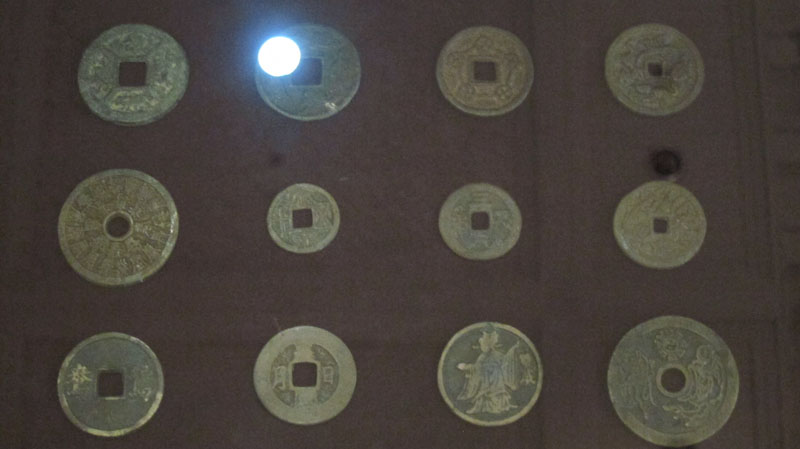
On the middle floor, exhibits include gold as money, currency handling equipment, and donated currencies.
The top floor has a replica vault, currencies from around the world, a learning area with play money, a room for special exhibitions, and a gallery.

Bank of Korea Museum Information
Hours
Tuesday: 10:00 AM – 5:00 PM
Wednesday: 10:00 AM – 5:00 PM
Thursday: 10:00 AM – 5:00 PM
Friday: 10:00 AM – 5:00 PM
Saturday: 10:00 AM – 5:00 PM
Sunday: 10:00 AM – 5:00 PM
Admission
Free
Address
39 Namdaemun-ro, Jung District, Seoul, South Korea
GPS Coordinates: 37.562082,126.98065
How to Get Here
Option 1
Take Subway Line 1 or Line 2 to City Hall Station (Exit 7).
Option 2
Take Subway Line 2 to Euljiro 1-ga Station (Exit 7).
Option 3
Take Subway Line 4 to Hoehyeon Station (Exit 7).
Bank of Korea Museum Video
Map
Official Website
Nearby Sights
Hwangudan Altar (Wongudan Altar)
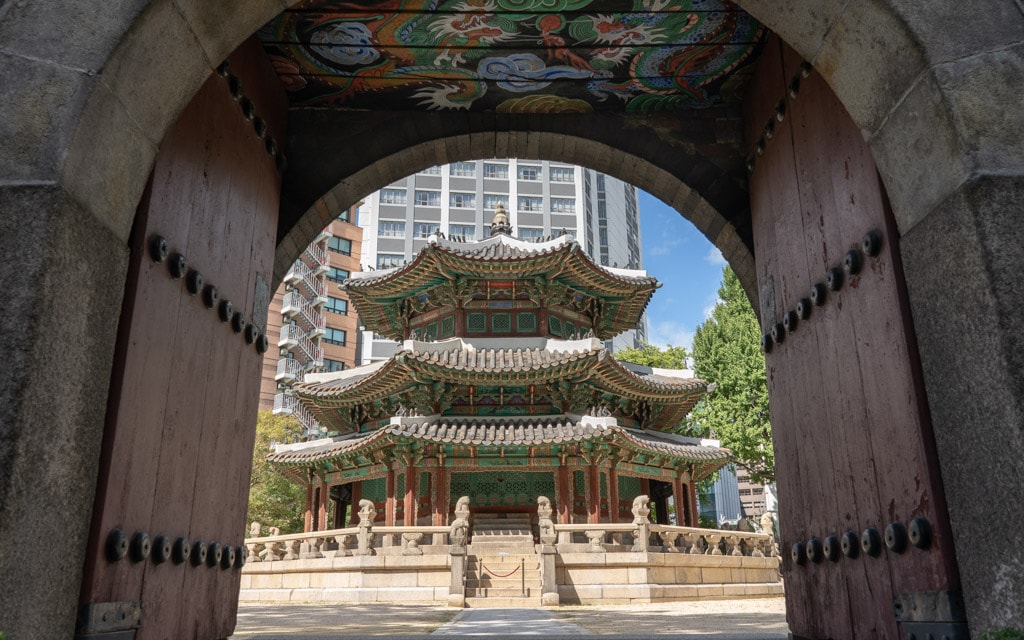
Wongudan Altar is where the emperor would perform sacrifices to heaven. The altar was built in 1897 and since then has been known as Hwangudan and Wondan. The complex was built during the reign of Emperor Gojong and was designed…
Myeong-dong
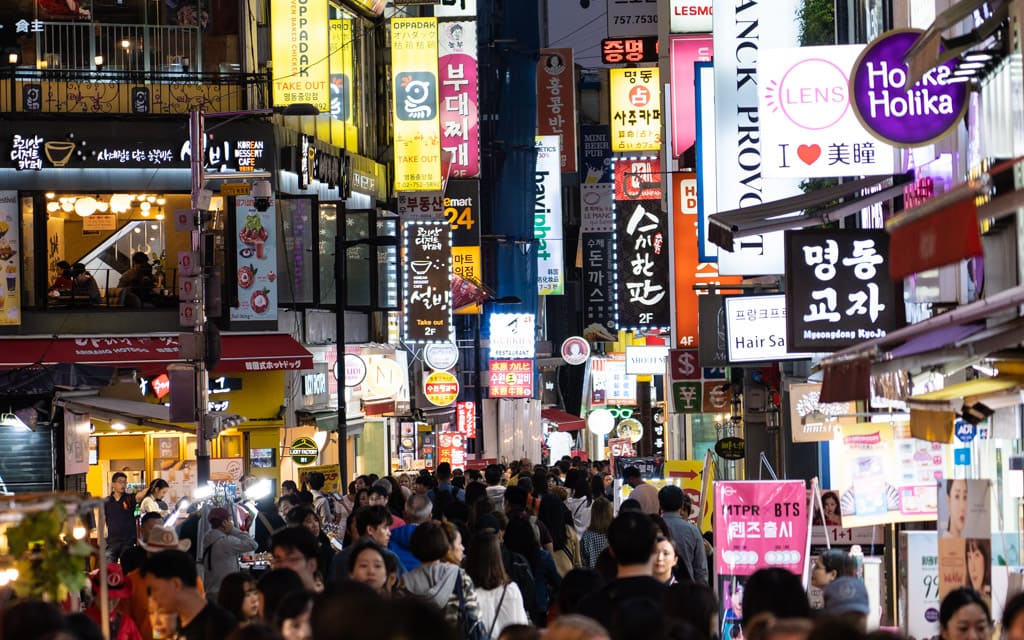
If you are looking for some of the best shopping and eating in Seoul, then start with Myeong-dong. This popular district features street food carts, major shopping malls, and entertainment. The dense grid of streets found in this bustling neighborhood…
Seoul Plaza
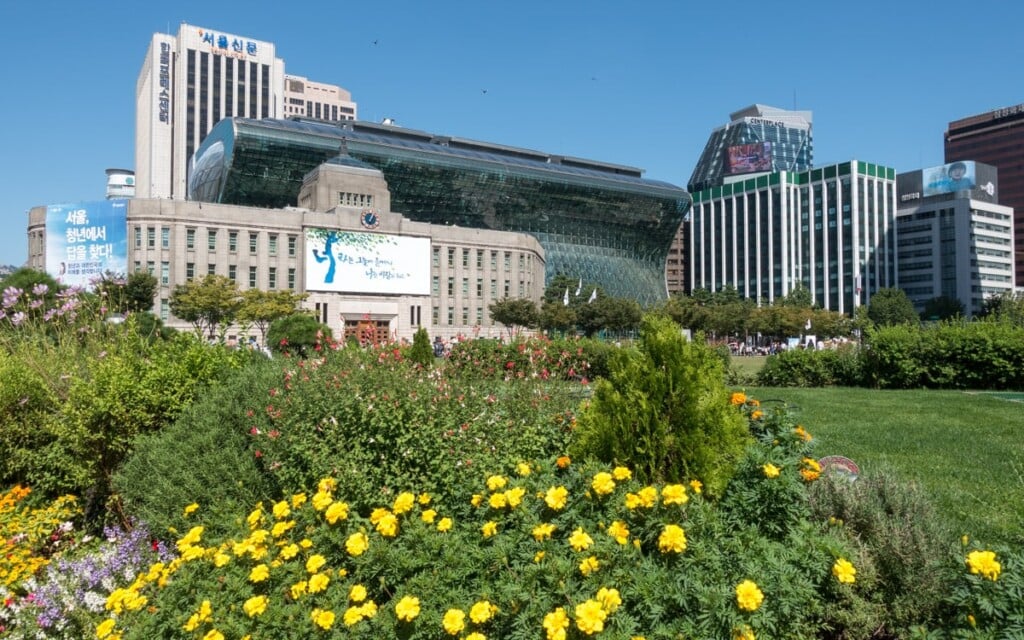
Seoul Plaza is an oval public space located in front of City Hall in the heart of the city. Once a traffic circle, it is now used for events and festivals. Originally, a large water fountain could be found in…
Namdaemun Market
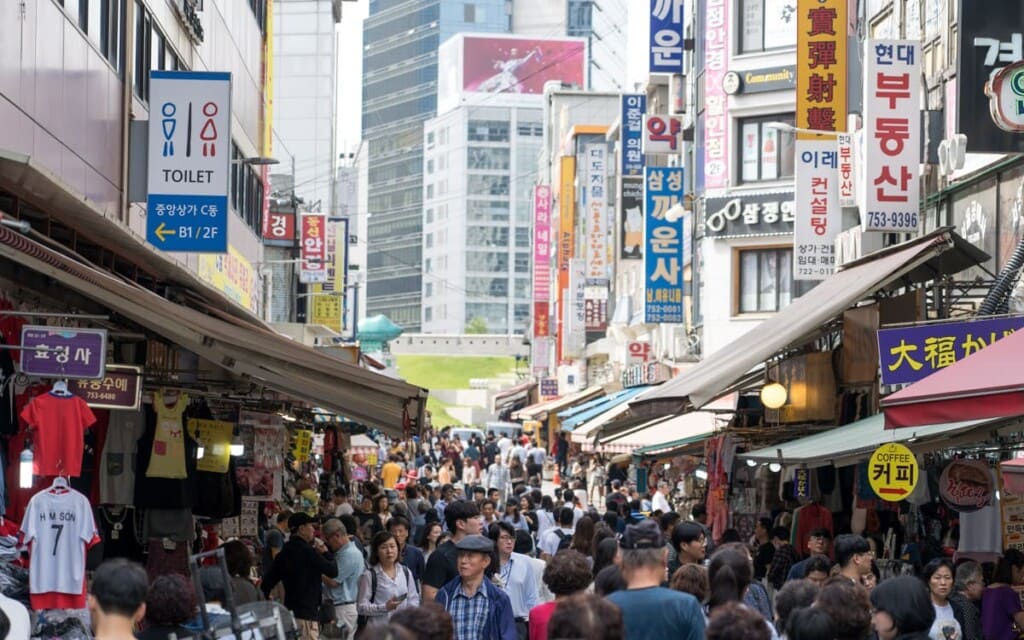
Namdaemun Market, first opened in 1964, is the largest traditional market in Korea, with over 10,000 retailers, vendors, and wholesalers. The market, spread over many blocks, is a dense maze of stalls, vendors, and restaurants. Nowhere else in Korea can…
Jeongdong Observatory
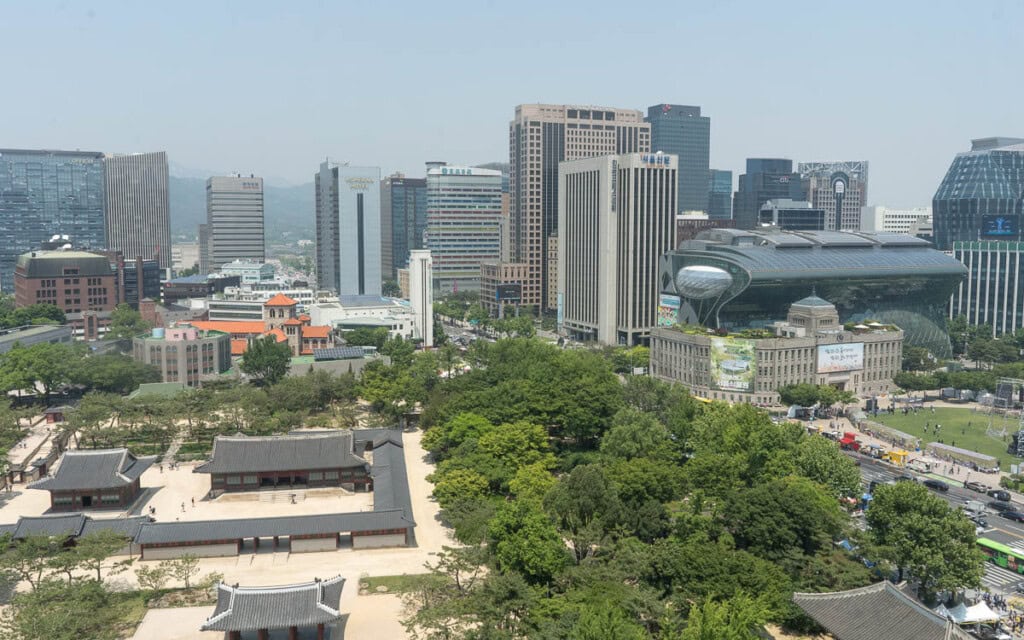
Jeongdong Observatory is a free observation deck on the 13th floor of the Seoul City Hall Seosomun Building, offering views of downtown Seoul. Unknown to most tourists, this quiet spot provides an escape from the city with a small café…
Sungnyemun Gate (Namdaemun Gate)
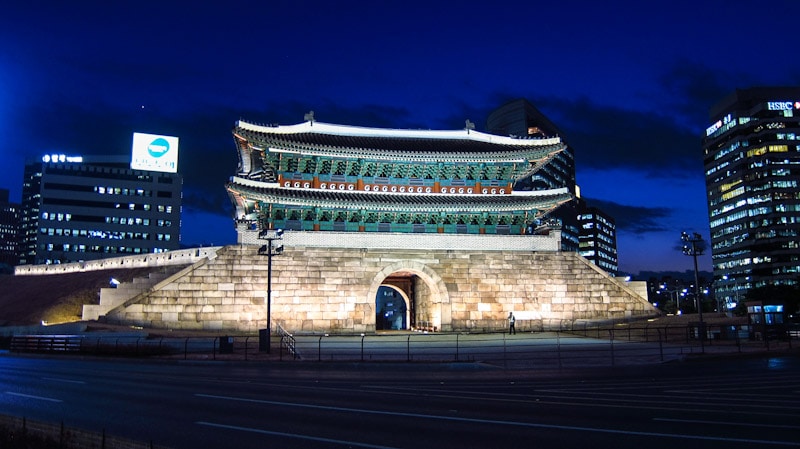
Sungnyemun Gate (Namdaemun Gate), located in central Seoul, is an important and historic gate designated the first National Treasure of South Korea. Nearby Namdaemun Market gets its name from this gate. The name Namdaemun means Gate of Exalted Ceremonies. It…
Last Updated on Mar 11, 2025